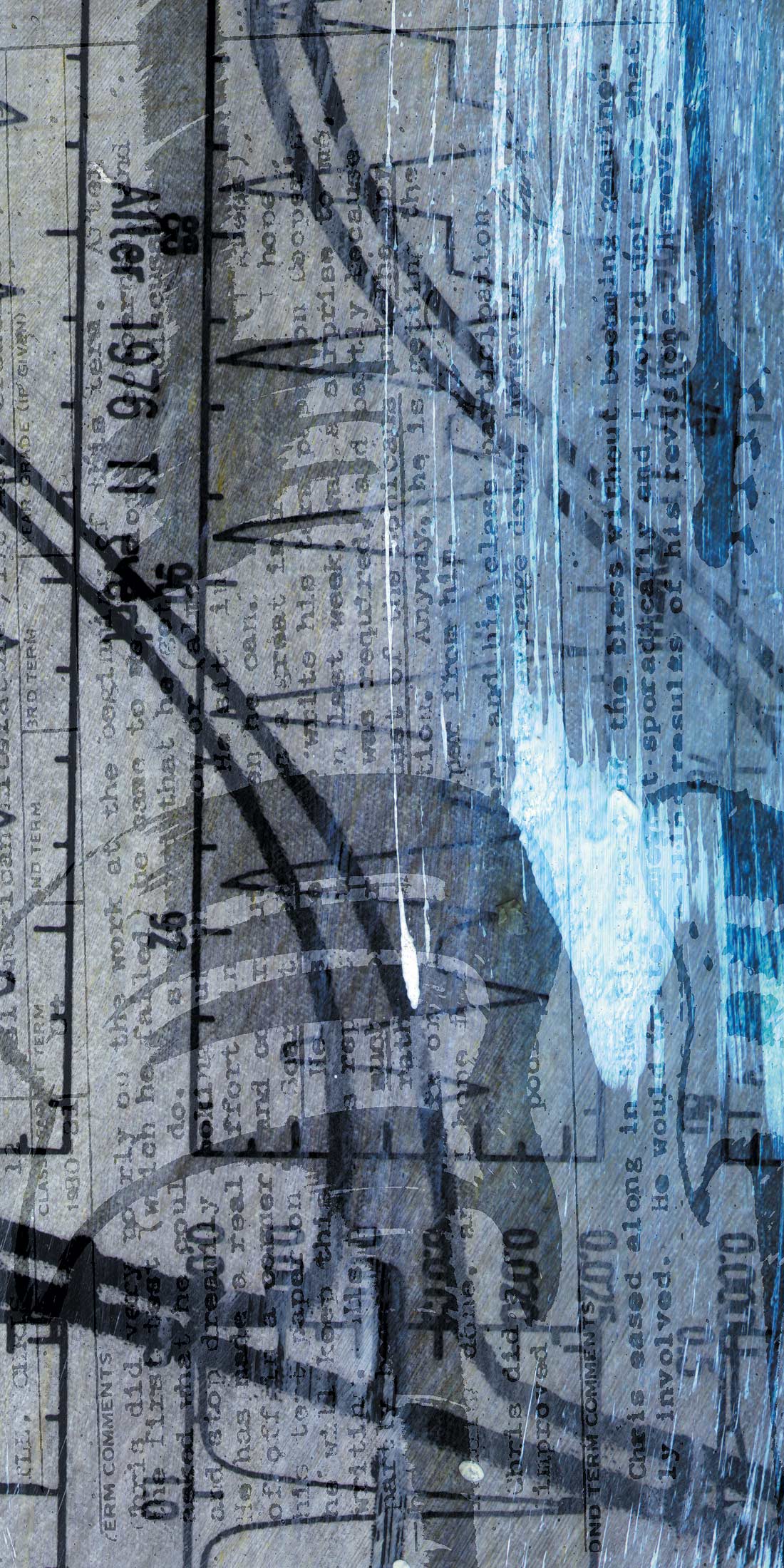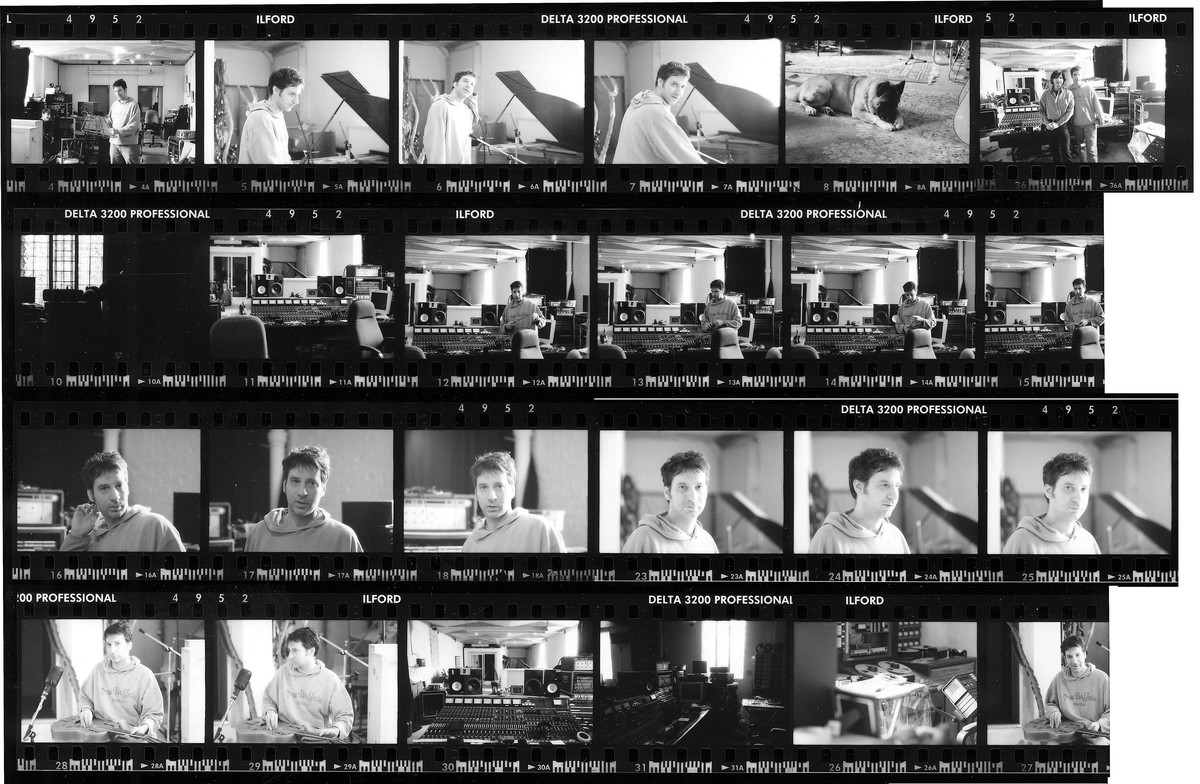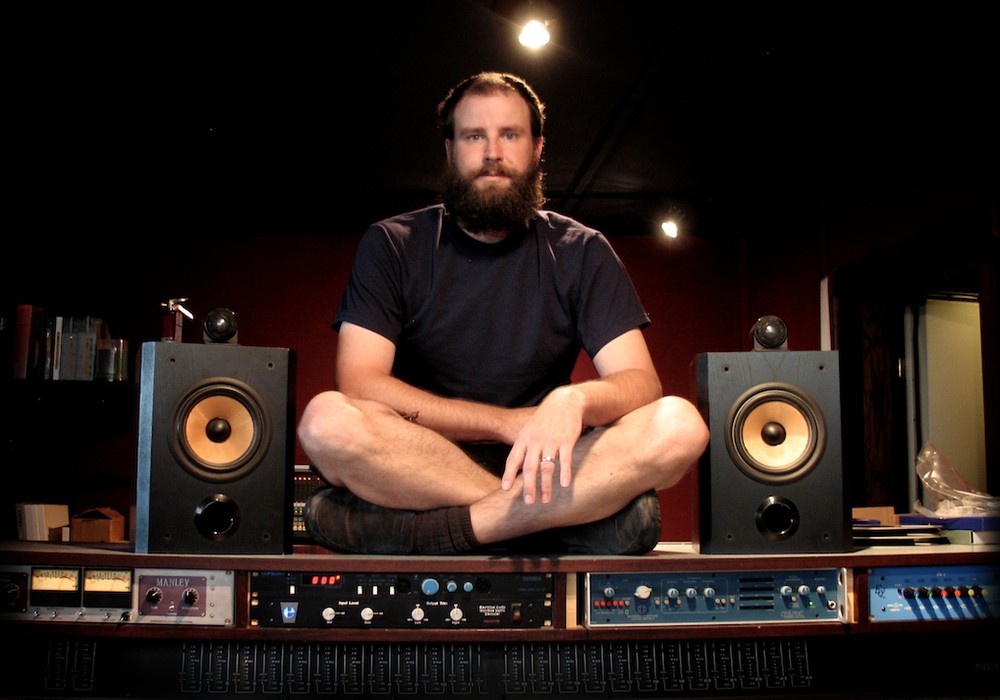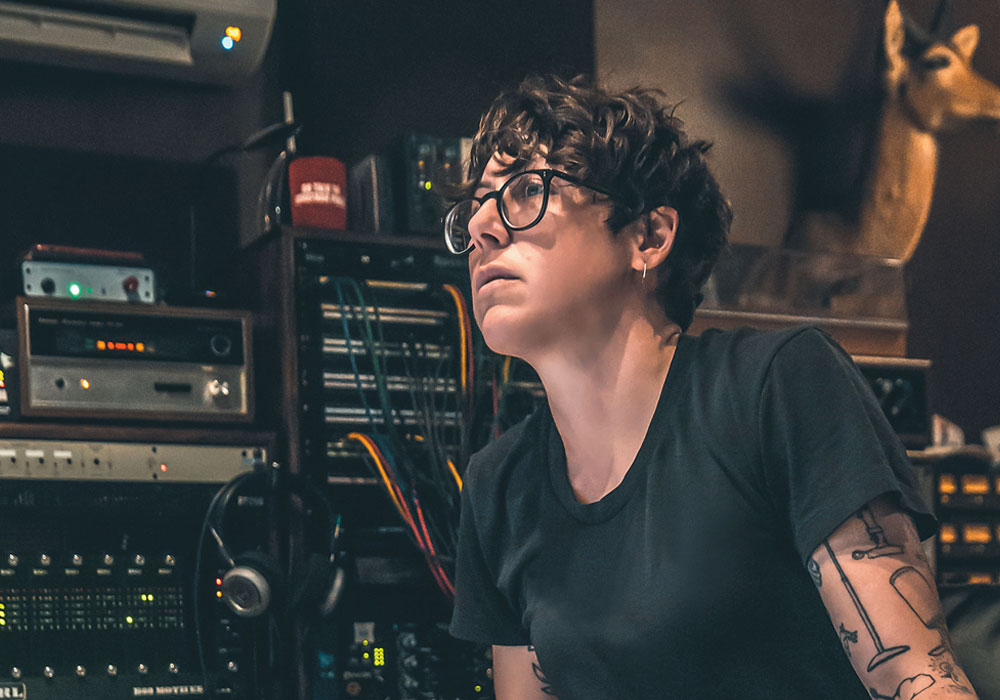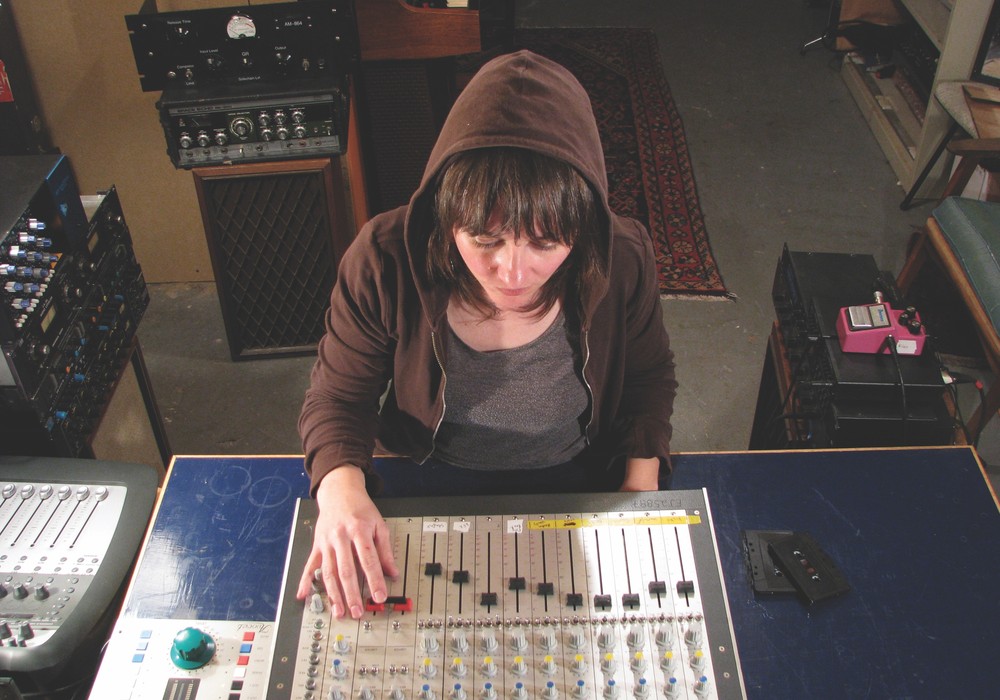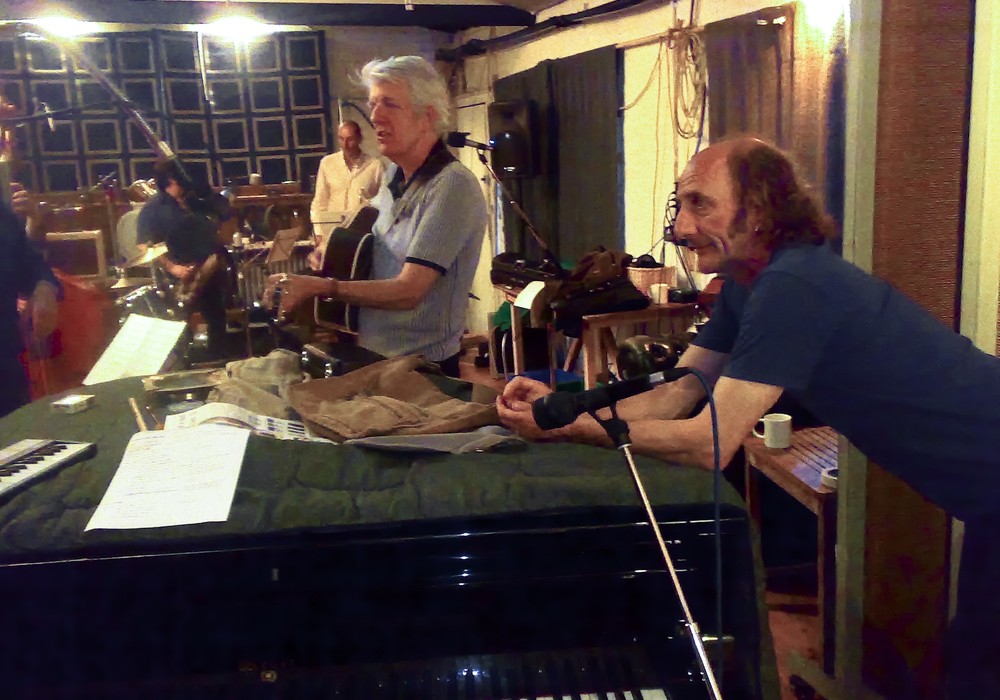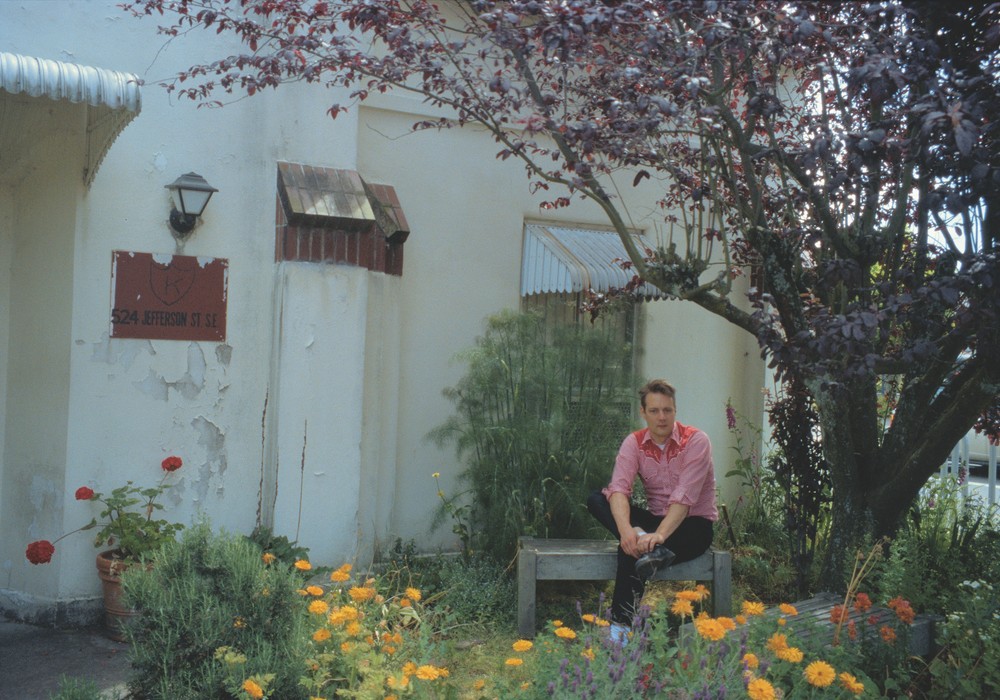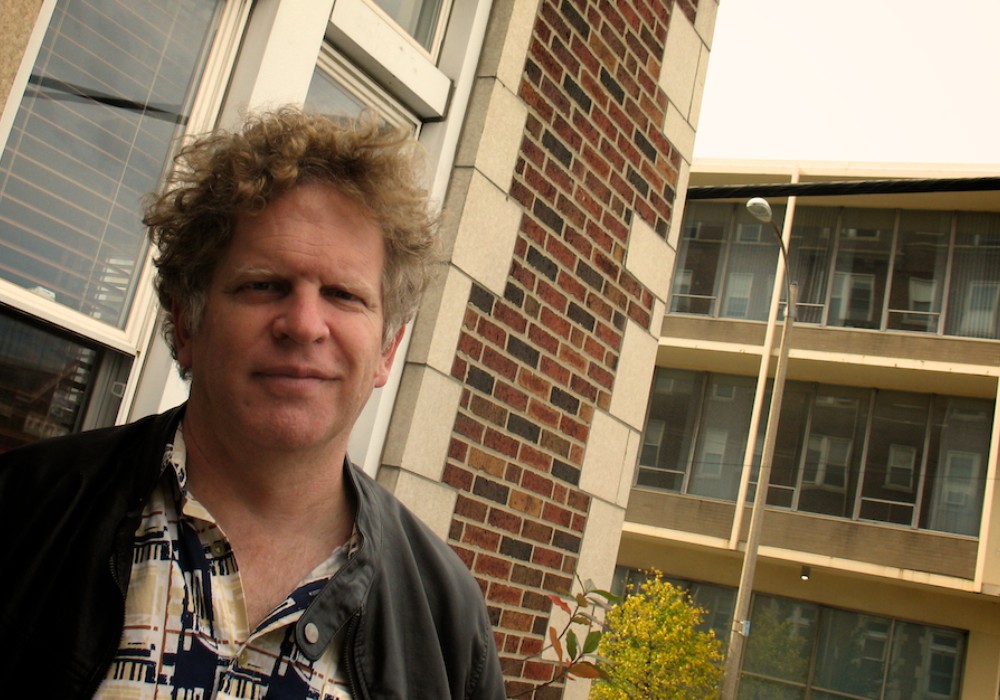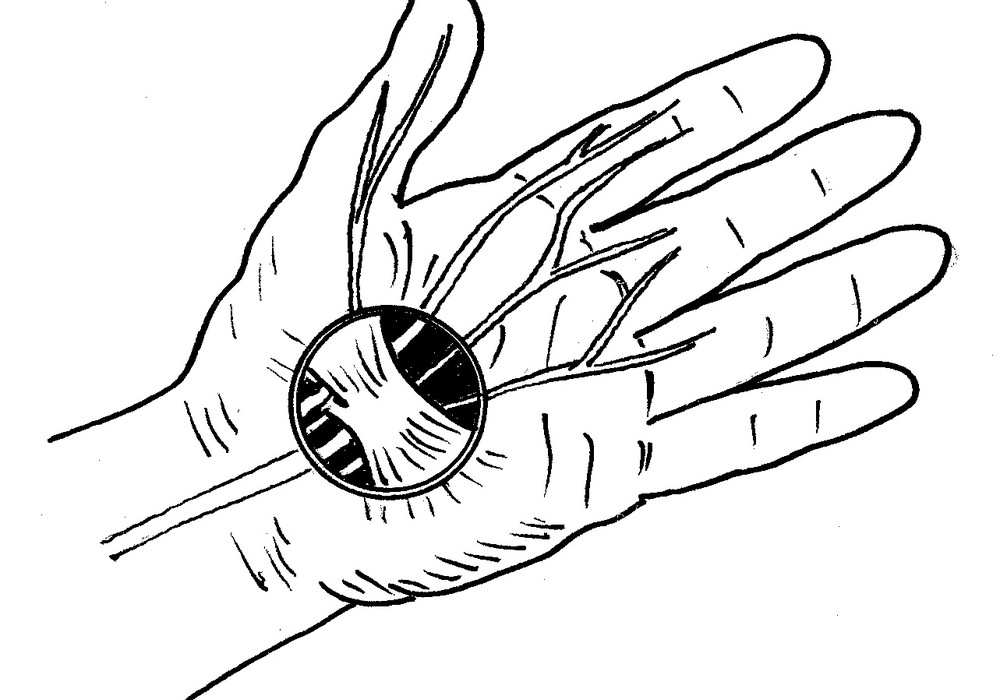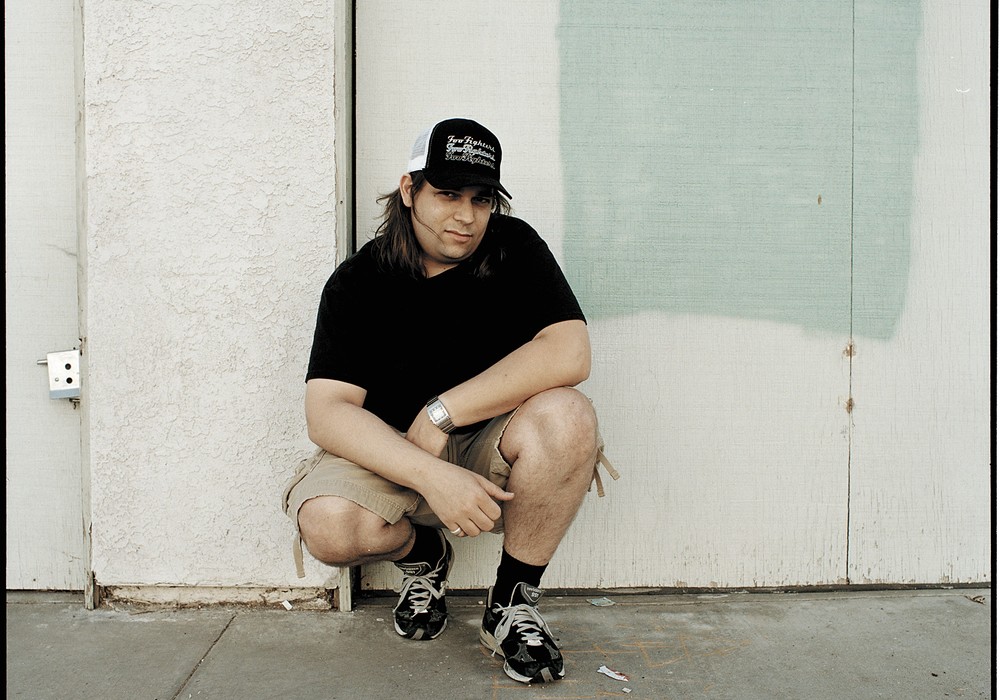Hardly known, yet everywhere at the same time, Bryce Goggin has managed to help create seminal albums for Pavement, Spacehog, Evan Dando, Elliott Sharp, The Lemonheads, Kim Deal's Amps, The Apples in Stereo, Swans, Nada Surf, Trey Anastasio and his stadium stalwarts, Phish. He's got two glowing palettes: exuberance and precision in the recording studio.
A few years back he built his dream studio, Higher Power Recording, in upstate New York in a decommissioned church, only to return quickly to Brooklyn where he is now the producer in demand. I caught up with Bryce — tall, bearded and always very focused — in Trout Recording in Park Slope — 3rd Avenue off Flatbush Avenue to you and me. Zelda the very large wünder dog, an Akita huskie, sat peaceably under the large Neve console as the interview began.
How did you start working in studios and stuff, or was it through a band?
Well, when it came time to pick a career or a college, I went to SUNY Fredonia and enrolled in their Sound Recording Technology program there and wound up in a studio by choice. Dave Fridmann came out of there. Dave Moulton, who went to Berklee, wound up being the head of the Tonmeister Studies [Sound Recording Technology] when I was there. It was an interesting program — you spent two years as a music major, did some physics, acoustics, electronics, computer science, like a mélange of stuff, as well as five or ten hours in a recording studio.
When you graduated from Fredonia did things start to happen right away for you?
I had a friend who ran an instrument cartage company. I was schlepping gear for studio musicians. So I had my head in and out of lot of recording studios in New York for about six months. One day I was schlepping Steve Holly's [Wings drummer] drum kit around, and he mentioned that a new studio was opening up and they needed some bodies there to work. It was a place called Sound On Sound. It was an excellent facility to be starting out at just because the equipment was world class but there wasn't a lot of work going on there. The head engineer of the studio was this guy, Mike McMackin. He worked with Bitch Magnet, Codeine, and a bunch of other people later on, but at that point he was getting his chops together as well. The facility was down most nights and weekends and the owner Dave Amlen was generous enough to let all his staff experiment with recordings. I had a bunch of friends that I had gone to college with who were living close by, so I did a lot of experimental jazz recordings with them. In the evenings I was also able to work with a guy named Steve Kilby from the Church on a project he was working on with Donnette Thayer from Game Theory. The project was called Hex. There were also a lot of talented engineers who came in and out of that place: Alec Head, Joe Ferla, Ed Stasium, Paul Hammingson, Lenny Kaye. I got to peer over the shoulder of an awful lot of world-class engineers and producers.
Who's your biggest influence in your approach to recording?
I was influenced by Ferla and Head in terms of their simplistic approach to recording — doing a lot of work with mic placements and not much work with EQ. I was inspired by [Steve] Lillywhite [Tape Op #93], [Daniel] Lanois [Tape Op #37 & #127] — by their earlier sort of reckless disregard for convention, which I thought was kind of fun.
What do you think was your first break?
That Hex project. It got me a position in a studio called Baby Monster — a little bit of a slummy kind of studio compared to Sound On Sound in terms of equipment that was there and the rate. It was a great opportunity for me because it was a couple of blocks away from the Knitting Factory. John Zorn had just dragged everybody in the Knitting Factory to do a record he was working on. Doing ten records with Elliot Sharp over the course of three years, as well as with Zeena Parkins, Marc Ribot, David Shea and Christian Markley. A lot of eclectic interesting downtown composers like Guy Klusevic. All these composers and musicians didn't work in kind of a conventional way. Elliot would come in with charts with hieroglyphics on them. There was so much improvisation. For me it was really exciting — a great way to experiment and get your chops up. I would get thrown the oddest instruments in the world. Like slabs were one thing Elliot recorded a lot — they looked like literally pizza pans with strings strung across them. Anthony Coleman would come up with the most weirdly distorted keyboard sounds. It would seem very caustic but then you could get them to work in context to make a...
